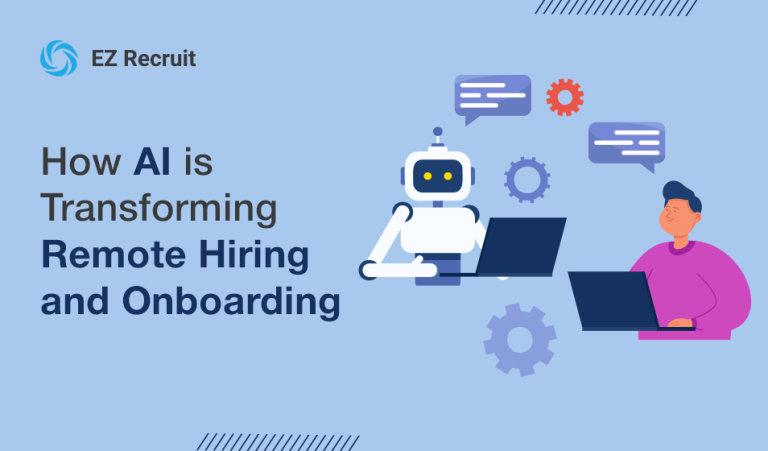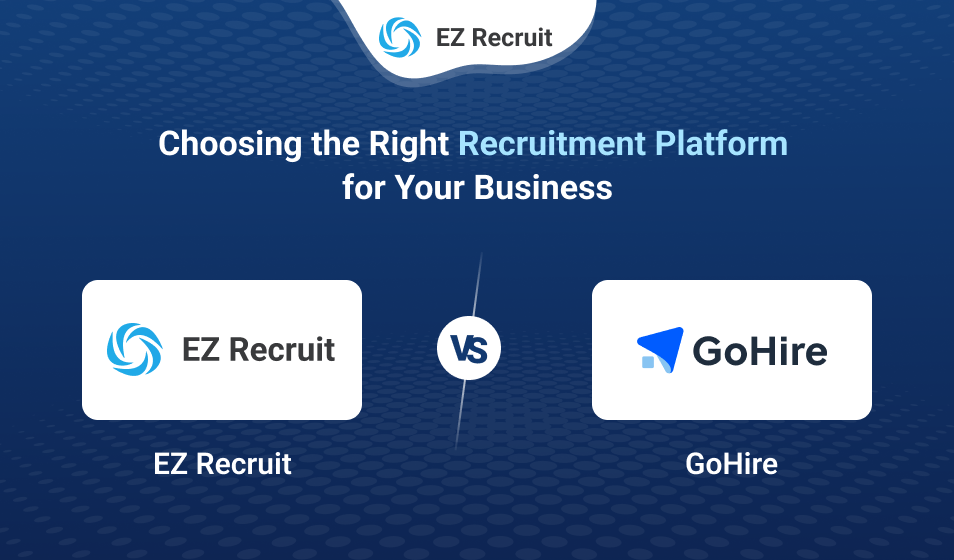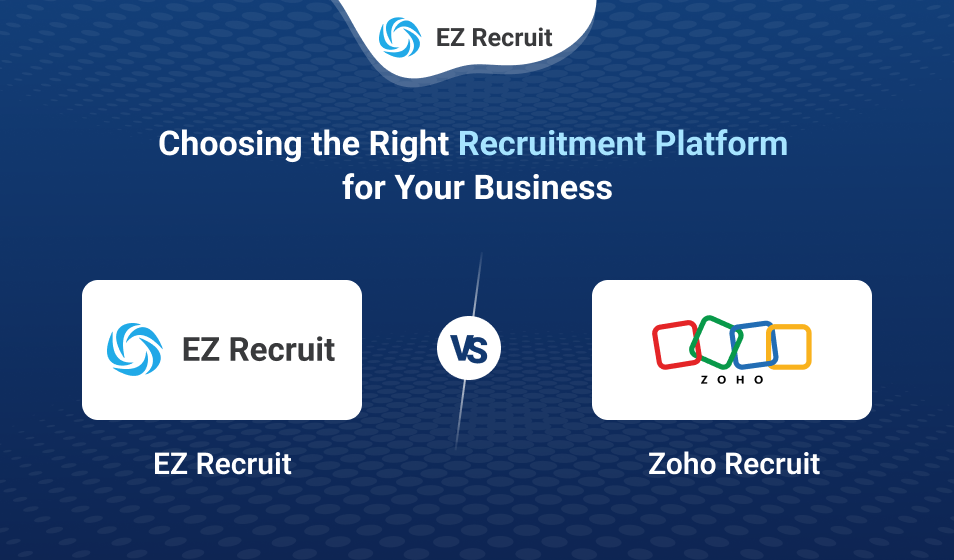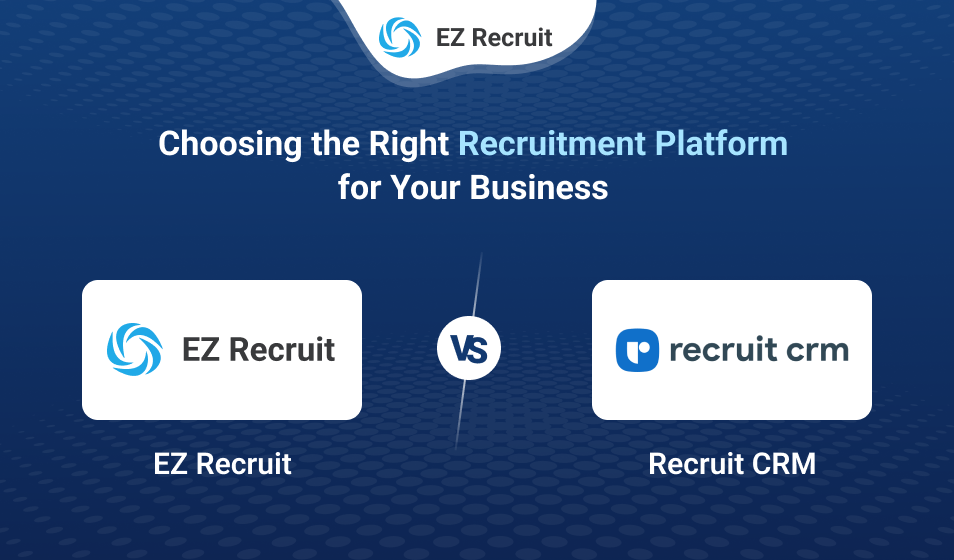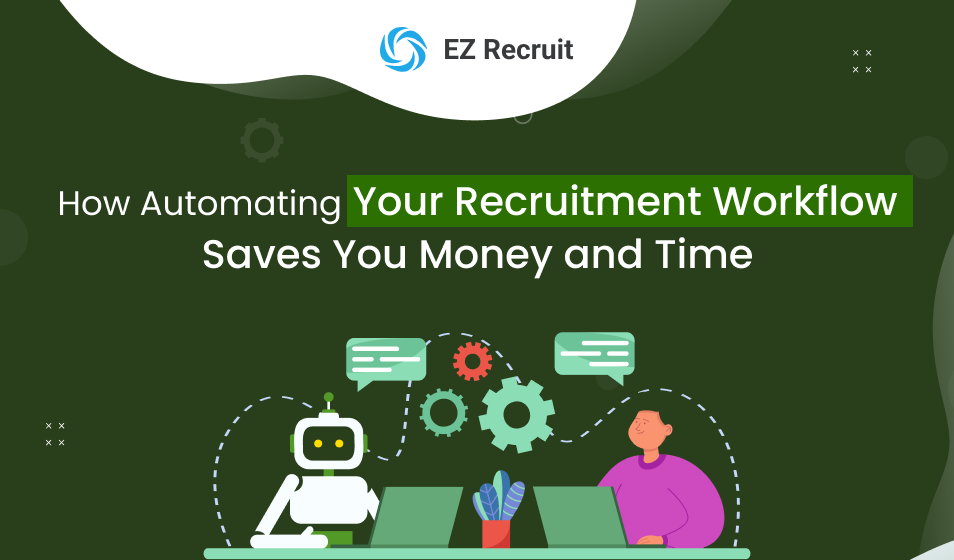Remember when hiring meant stacks of paper resumes and mandatory in-person interviews? Those days are long gone. Today’s workforce isn’t just local – it’s global. Companies now compete for talent across cities, countries and even continents. But this new world of borderless recruitment brings its own big question: How do you identify, assess and integrate top talent when every interaction happens through a screen?
Enter AI and automation. Not to replace recruiters, but to make their jobs easier. Here’s how the technology is reshaping remote hiring and onboarding in ways that actually work.
1. Remote Hiring Isn’t Just a Trend – It’s the Future
Let’s face it, Remote work is sticking around. Companies that cling to old-school hiring methods are already falling behind. Smart businesses are using AI-powered tools to:
- Automate the grunt work, think resume screening and interview scheduling.
- Cut down on bias by focusing on skills rather than gut feelings.
- Speed up hiring so top candidates don’t slip away.
The result? Recruiters spend less time on admin and more time connecting with the right people.
2. Smarter Screening = Better Hires
Manually reviewing hundreds of resumes is a nightmare. Even the most detail-oriented recruiter can miss a great candidate buried in the pile. AI screening tools help you by:
- Spotting key skills, not just buzzwords.
- Flagging candidates who fit the role, not just those with the fanciest job titles.
- Identifying remote-ready traits like self-motivation and communication skills.
It’s not about replacing human judgment, it’s about giving recruiters better data to work with.
3. Video Interviews That Actually Help
Zoom calls are now standard, but smart platforms take them further by:
- Analyzing communication style, not to judge, but to highlight strengths.
- Automating scheduling, so no one wastes time on back-and-forth emails.
- Generating summaries, to keep hiring teams aligned.
The best part? Candidates get a smoother experience, and companies get clearer insights.
4. Data That Makes Hiring Smarter
Guessing which hires will work out is risky. AI tools track metrics like:
- Where top candidates come from, so you know which job boards to invest in.
- How long hiring takes, and where bottlenecks happen.
- Which onboarding steps boost retention.
Over time, this data helps companies refine their process, saving time and money.
5. Onboarding That Doesn’t Drain
A bad onboarding experience can make new hires quit within months. AI-driven platforms fix this by:
- Personalizing training, based on role and experience.
- Automating paperwork, because nobody likes tax forms on day one.
- Connecting new hires with mentors before they feel lost.
The goal? Make people feel welcome from day one, even if they’re thousands of miles away.
6. Fighting Bias (Without the Guesswork)
Unconscious bias sneaks into hiring, whether we like it or not. AI helps by:
- Hiding names and demographics during initial screening.
- Focusing on skills tests over pedigree.
- Flagging biased language in job descriptions.
This isn’t about quotas, it’s about giving everyone a fair shot.
7. Feedback Loops That Improve Retention
The hiring process shouldn’t end when someone signs their offer letter. Smart tools track:
- New hire engagement (are they struggling or thriving?).
- Onboarding feedback (what’s working and what’s not?).
- Early warning signs (before someone quits).
This lets companies tweak their approach in real time, keeping employees happy long-term.
Conclusion
Remote hiring isn’t just about using tech, it’s about using the right tech to build stronger teams. Companies that get this right will Hire faster, Reduce turnover and Tap into global talents.
The tools are here. The question is: Will you use them, or get left behind?
